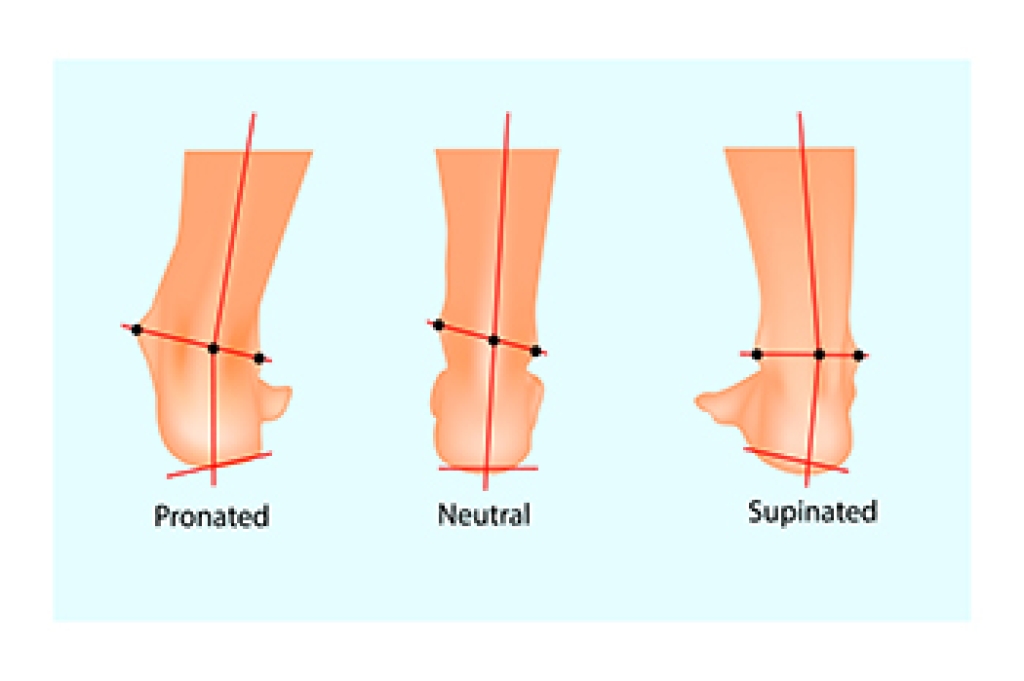 If you are just starting to run, you may be unfamiliar with the many foot and ankle injuries that can occur if adequate measures are not taken to prevent them. Some of these injuries include plantar fasciitis, Achilles tendonitis, sprains, strains, and fractures. To help prevent foot and ankle problems associated with being a runner, make sure that you are wearing properly-fitted, comfortable running shoes. Start slowly, running just a few miles per week, and then work your way up, increasing the distance and time that you run. Stretch and strengthen the feet by warming up and cooling down before and after your runs. For more information about how to prevent running injuries when you are a beginner, consult with a podiatrist.
If you are just starting to run, you may be unfamiliar with the many foot and ankle injuries that can occur if adequate measures are not taken to prevent them. Some of these injuries include plantar fasciitis, Achilles tendonitis, sprains, strains, and fractures. To help prevent foot and ankle problems associated with being a runner, make sure that you are wearing properly-fitted, comfortable running shoes. Start slowly, running just a few miles per week, and then work your way up, increasing the distance and time that you run. Stretch and strengthen the feet by warming up and cooling down before and after your runs. For more information about how to prevent running injuries when you are a beginner, consult with a podiatrist.
Exercising your feet regularly with the proper foot wear is a great way to prevent injuries. If you have any concerns about your feet, contact one of our podiatrists of Foot & Ankle Centers of Charlotte County . Our doctors will treat your foot and ankle needs.
How to Prevent Running Injuries
Many common running injuries are caused by overuse and overtraining. When the back of the kneecap starts wearing out and starts causing pain in your knee, this is commonly referred to as runner’s knee. Runner’s knee is a decrease in strength in your quadriceps and can occur if you’re not wearing properly fitted or supporting shoes. To prevent runner’s knee, focusing on hip strengthening is a good idea, as well as strengthening your quads to keep the kneecaps aligned.
What Are Some Causes of Running Injuries?
- One cause of a common running injury is called iliotibial band syndrome.
- Plantar fasciitis is also another common injury.
- Stress fractures can occur from overtraining, lack of calcium, or even your running style.
Best Ways to Prevent Running Injuries
- Wear footwear that fits properly and suits your running needs.
- Running shoes are the only protective gear that runners have to safeguard them from injury.
- Make a training schedule. Adding strengthening exercises as well as regular stretching can help keep you strong and limber and can lessen the possibility of injuries.
- Stretching keeps muscles limber; this will help you gain better flexibility.
If you have any questions, please feel free to contact our offices located in Punta Gorda and Port Charlotte, FL . We offer the newest diagnostic and treatment technologies for all your foot care needs.




